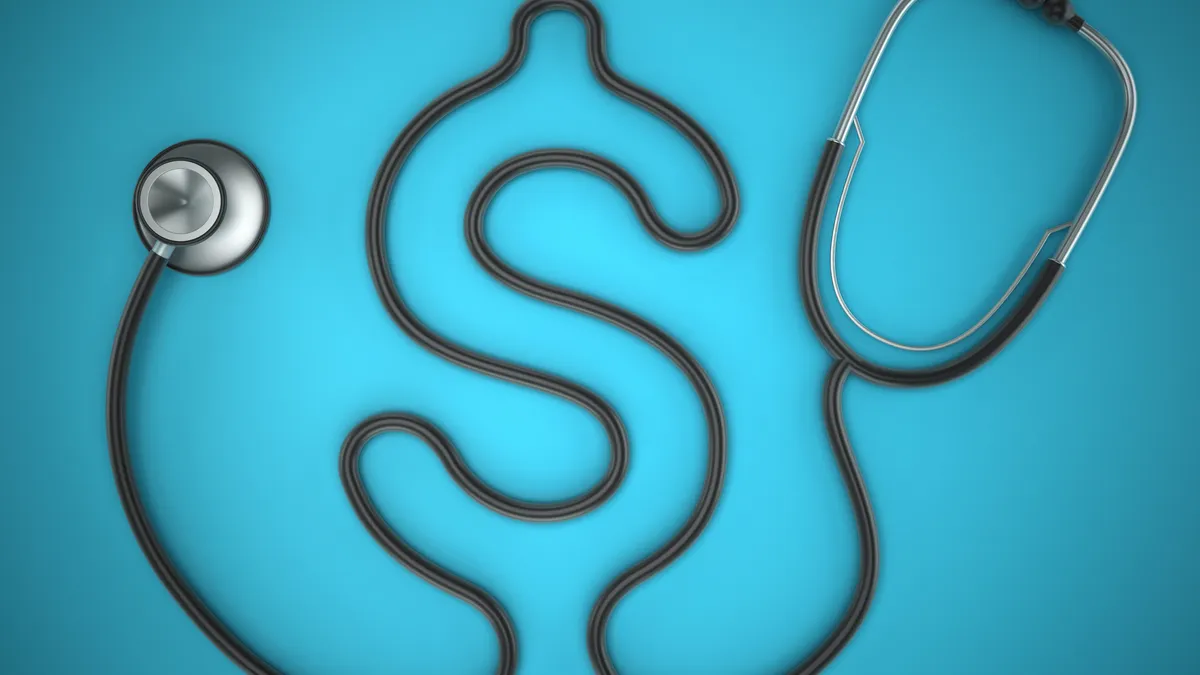Dive Brief:
- Financial strain surrounding healthcare is “widespread” in the U.S., especially for disadvantaged groups like those living in poverty or managing limiting medical conditions, according to a new study published in Health Affairs.
- Twenty-seven percent of nonsenior U.S. adults lived in families with at least one of three types of financial strain, including a high burden of out-of-pocket spending on medical care relative to income and assets, problematic medical debt or financial barriers to care access in 2018 and 2019, the analysis found.
- Though financial strain was more prevalent for people with low incomes, nearly 16% of adults in families who earned more than four times the federal poverty level faced at least one of the three financial challenges.
Dive Insight:
The latest study highlights the growing burden of U.S. healthcare costs, which can restrict access to care and worsen health outcomes.
Health affordability is a challenge for a wide swath of working-age Americans, even those with health insurance, according to a recent survey by the Commonwealth Fund. Forty-three percent of adults surveyed who received coverage from their employers reported it was difficult to afford healthcare, compared with 57% of respondents covered under Affordable Care Act plans and 45% on Medicaid.
The latest Health Affairs research, which focused on those in households with members younger than 65 years old, demonstrates a “wide distribution” of financial strain in the U.S. and provides context for ongoing reforms in billing, coverage and medical debt, according to the study.
More than 45% of people in the study group faced similar healthcare challenges when broadly defined, including delaying rather than forgoing medical care due to cost or having high out-of-pocket costs with above-median assets.
Overall, 7.5% of people in the study group lived in families with high out-of-pocket cost burdens and below-median assets, 8.4% were in families with problematic medical debt and 18.8% were part of families with financial barriers to care, where at least one member was forgoing care or prescription drugs due to cost concerns.
Though financial strain was widespread across groups, poor adults, with incomes less than 100% of the federal poverty level, reported financial strains more frequently.
People who received insurance from their employers were more protected from healthcare financial burdens. Just 21.6% of those with employer-sponsored coverage had financial problems, compared with 38.5% of those with private nongroup insurance, 32.7% with Medicaid and more than half of those using other types of public coverage.














